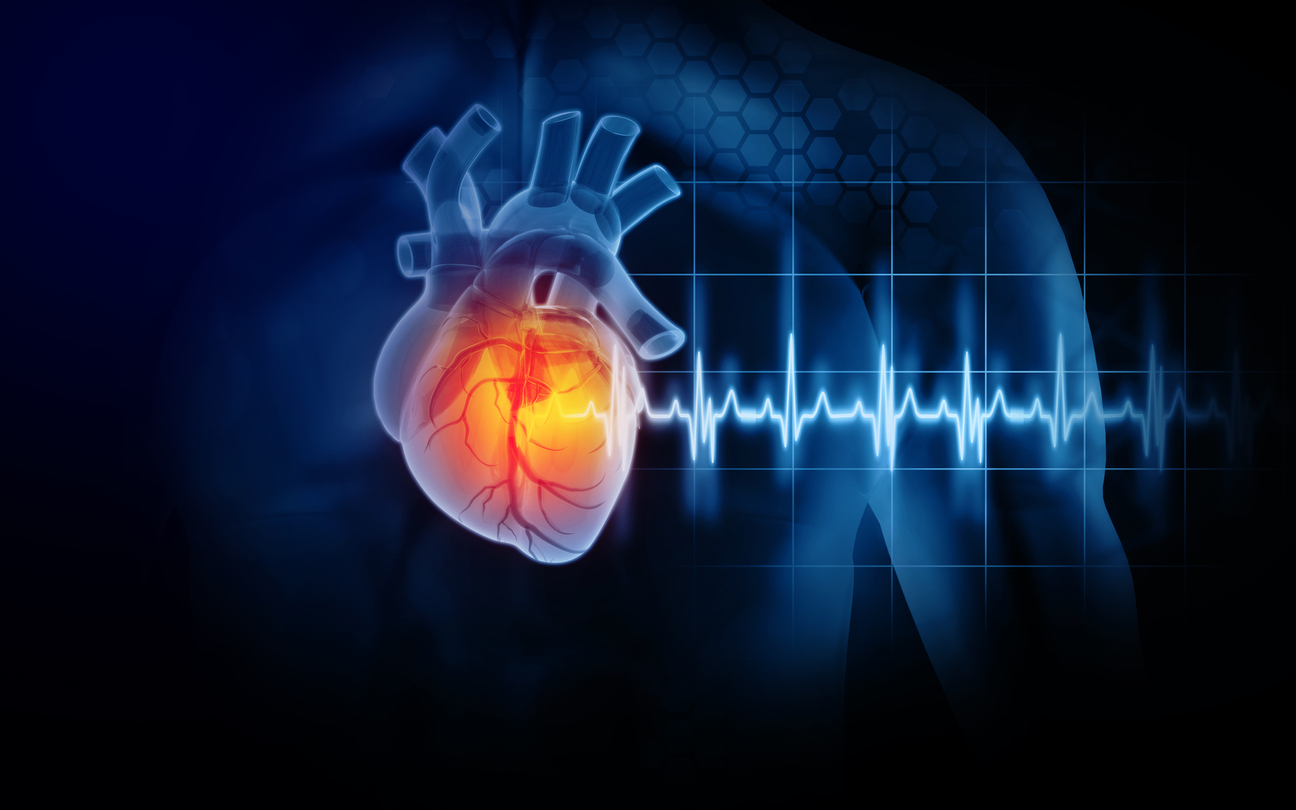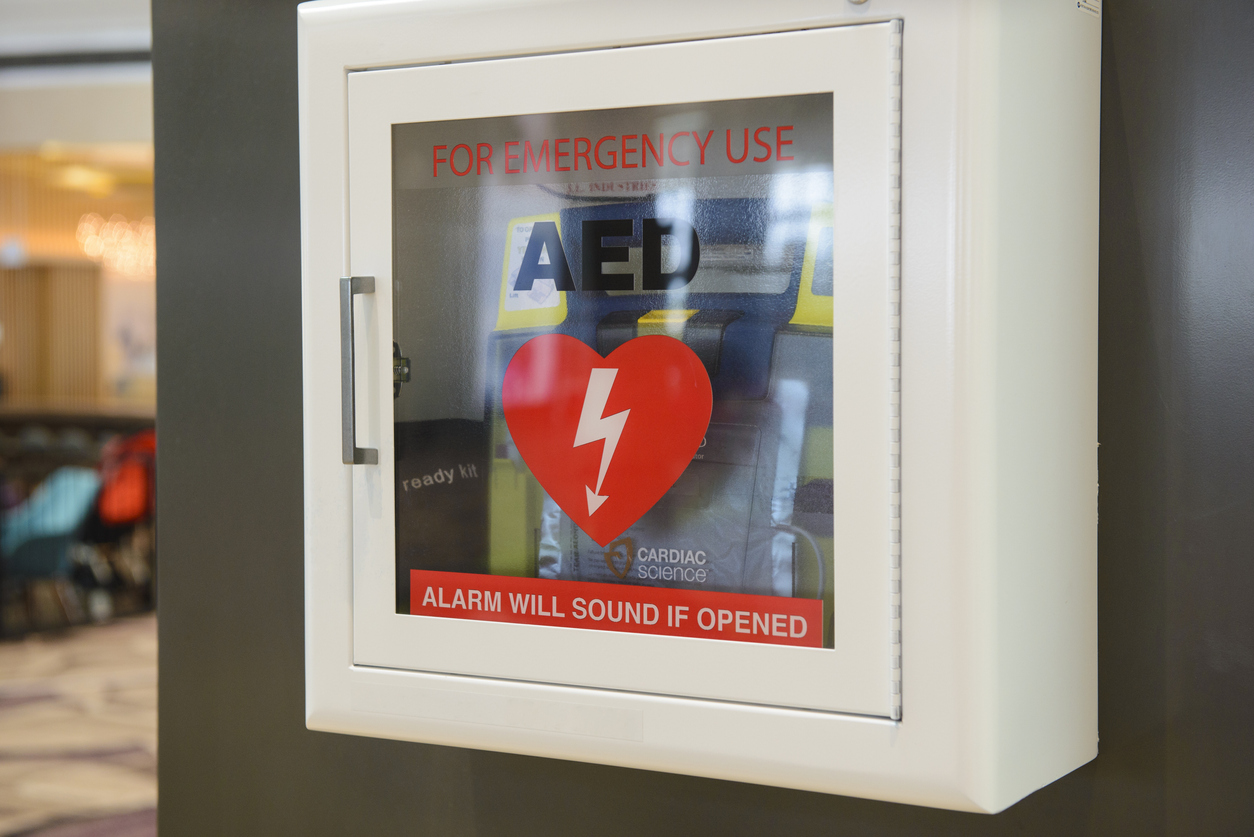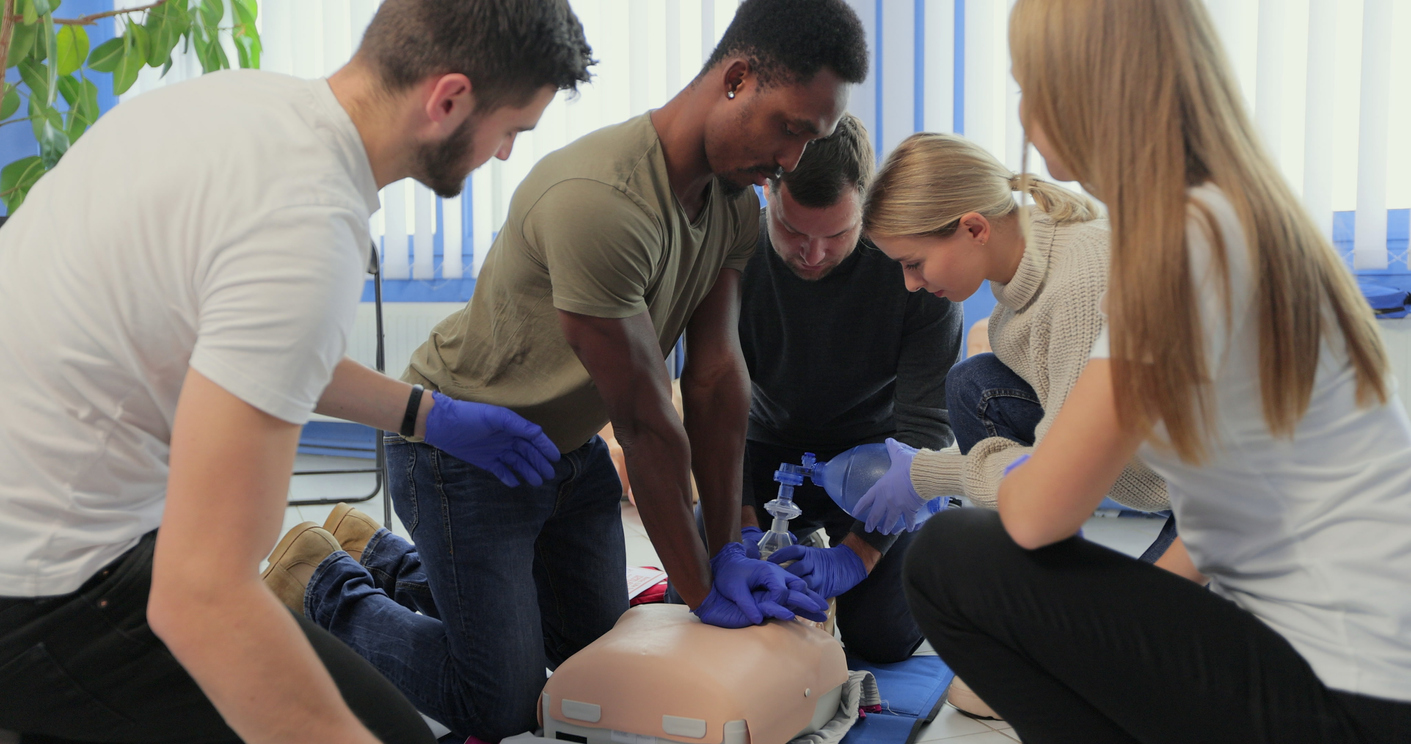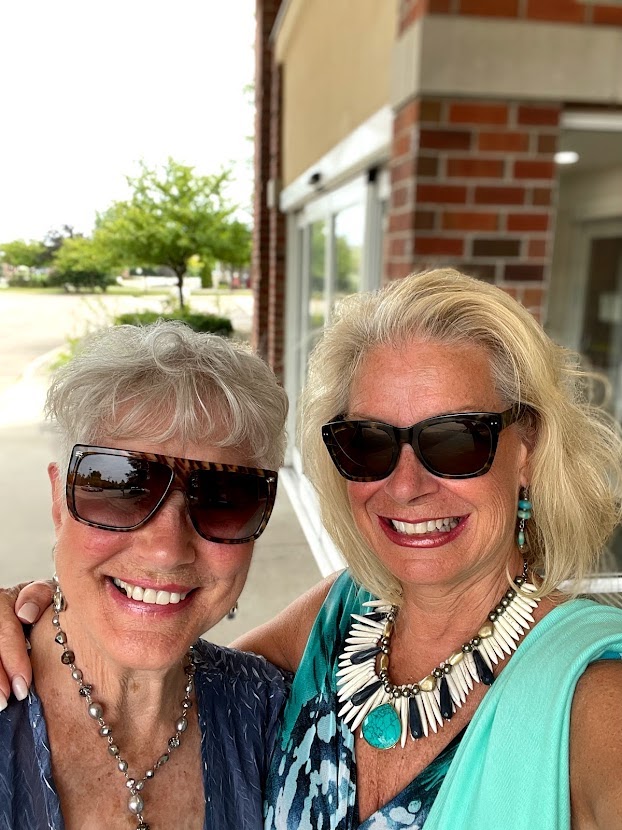Everything You Need To Know About Dealing With Cardiac Arrest

When I was a flight attendant back in the 80s, I dealt with three cardiac arrests on board my flight. We were trained in CPR but a cardiac arrest also caused our flights to be diverted to the nearest airpost so that our passenger could get medical treatment immediately. When you believe that someone has gone into cardiac arrest, you are now in a life-threatening situation, and every second matters. As it happens, there is a lot that you can do to help them, to give them enough time for the professionals to arrive and to give them the help that they need. Here, we’re going to look at what you need to know about cardiac arrest, how you can help, and how you can reduce your own chances of experiencing it in the future.
Why it’s vital to help with a Cardiac Arrest

A cardiac arrest happens when there is a sudden loss of all heart activity. The heart stops beating, which means that circulation stops, and blood is no longer able to get around the body. When vital organs such as the lungs and brain do not get blood, this can result in death within minutes. It’s worth noting that a heart attack is not the same thing as cardiac arrest, as a heart attack typically results from a blockage in one of the main blood vessels or parts of the heart. A cardiac arrest can only be described more accurately as an electrical problem, one that stops the natural rhythm of the heart due to irregular pulses.
Recognizing a cardiac arrest

You want to make sure that you know what a cardiac arrest is so you can tell when it’s happening. There are symptoms that can act as a red flag, that you should be ready to recognize, which can indicate that a cardiac arrest is about to happen. This can include chest discomfort, feelings of weakness, shortness of breath, and a fast or suddenly irregular heartbeat. However, often, cardiac arrest can happen with zero warning. As such, the most important cardiac arrest symptoms to watch out for are a sudden collapse, lack of pulse, no breathing, and a loss of consciousness. If you see this, you should be ready to treat it as a cardiac arrest and to help as necessary.
Call 911 as soon as you can

In the event of a cardiac arrest, it is a legitimate medical emergency. Even if you do have the right first aid on-site, you are going to need the help of medical professionals to take the person to a hospital as quickly as possible and to restart their heart. To that end, you should make sure that people on-site are able to jump into action. Having one person call 911 immediately is the first step. If you need to make a way or clear a path for the medical professionals to arrive, then do that as well. Try to make a mental note of any health information you have in mind. If you don’t know the person, you might not be able to provide much information, but you can describe what happened at the very least.
Make use of an AED

If there is one around, and you are certain or have strong indicators that an individual is experiencing a cardiac arrest, then you should make use of an AED, as well. The AED, or automated external defibrillator, is an emergency first-aid tool that has been becoming much more popular, seen often in workspaces as well as other public or shared places. These devices act as a less strong version of the typical hospital defibrillator, providing a jolt in an attempt to help a person’s heart begin pumping again. The AED typically provides instructions on how to use it and is automated so that it only activates if the sensors read that a person’s heart rhythm indicates that they would need it.
I wish we had AEDs on board our flights back in the 80s. Fortunately for America’s travelers, all commercial airlines in the U.S. are required to carry AEDs onboard and train their staff to use them.
Get the training you need

With the right steps, anyone can make an attempt to provide CPR to help save a life. However, where possible, you want to be trained and certified before you make an attempt. Faulty CPR attempts can result in serious injury to the person involved, so it’s worth looking at organizations like the National CPR Foundation for training. Is National CPR Foundation legit, yes? They can provide certification to prove that you have CPR training which can make you a valuable asset in medical emergencies. Furthermore, taking the time to practice and develop muscle memory of CPR can make you much more likely to jump into action at a time when those skills are needed.
Be organized and take a leadership position if necessary
If you have any form of emergency first aid training, then that is likely to be more than the majority of the people around you. As such, you may be more quick to jump into action, and you should encourage the people around you to do the same. For instance, if you are CPR certified, then you should tell someone to call 911 while you’re preparing compressions, and another to prepare the AED to try and restart their heart. Sometimes, simply telling people to jump into action is enough to prompt them to help.
Preventing cardiac arrest

While most of the information above is there to help you be of some help in the event of a cardiac arrest happening around you, it’s also important to do what you can to prevent a cardiac arrest from happening to you, as well. To that end, you should be doing everything that you can to improve your heart health. This includes keeping physically active each and every day, switching to a healthier diet (such as the Mediterranean diet), and quitting bad habits such as smoking or drinking too much alcohol. Routine checkups with the doctor are important, as well, as they can indicate any risks that might be affecting you and, if necessary, provide medication that can mitigate those risks.

A cardiac arrest is a medical emergency, regardless of the circumstances. Following the tips above and being able to offer some help can make up the difference between life or death for the person going through it and, of course, making the right health choices now and preventing the same from happening to you.
Read more about Menopause and Heart Disease .
Until next time!







